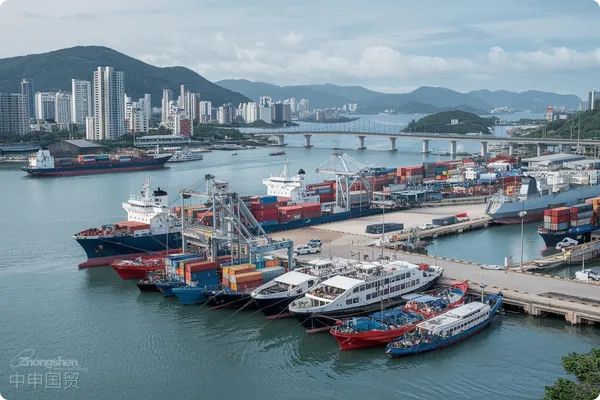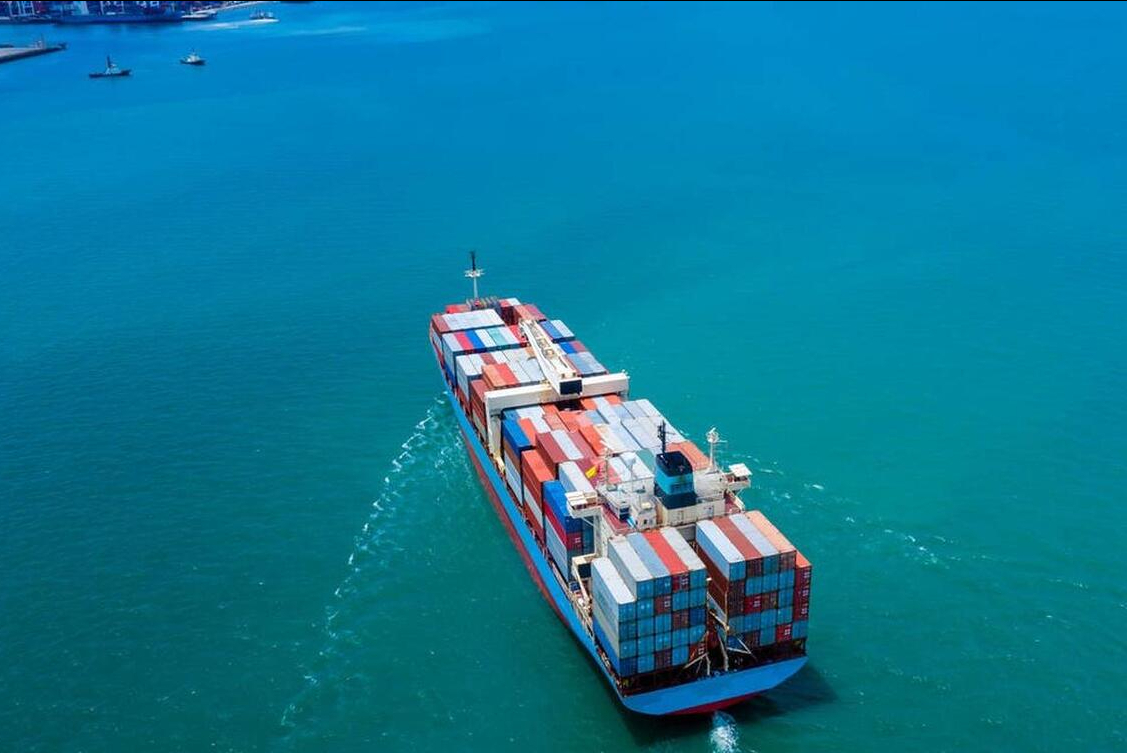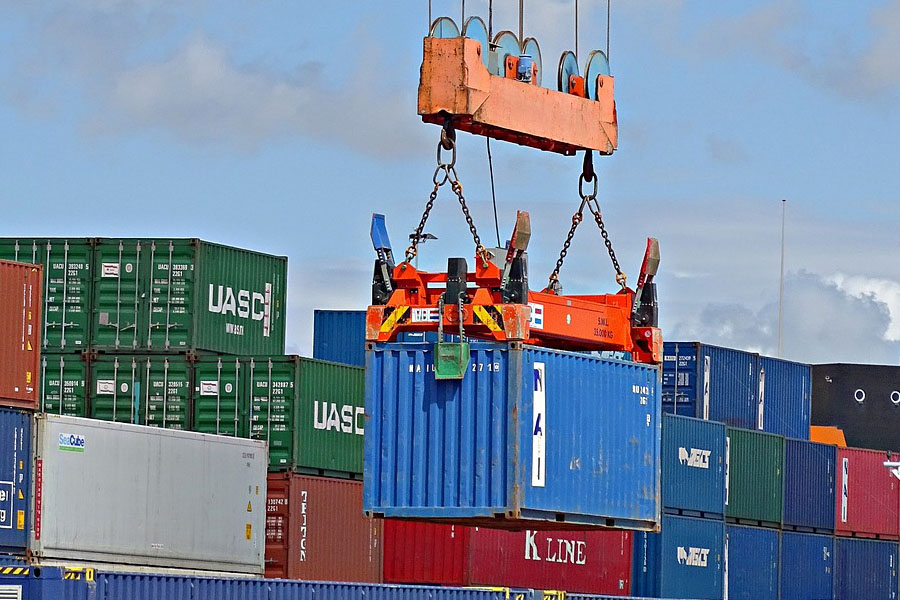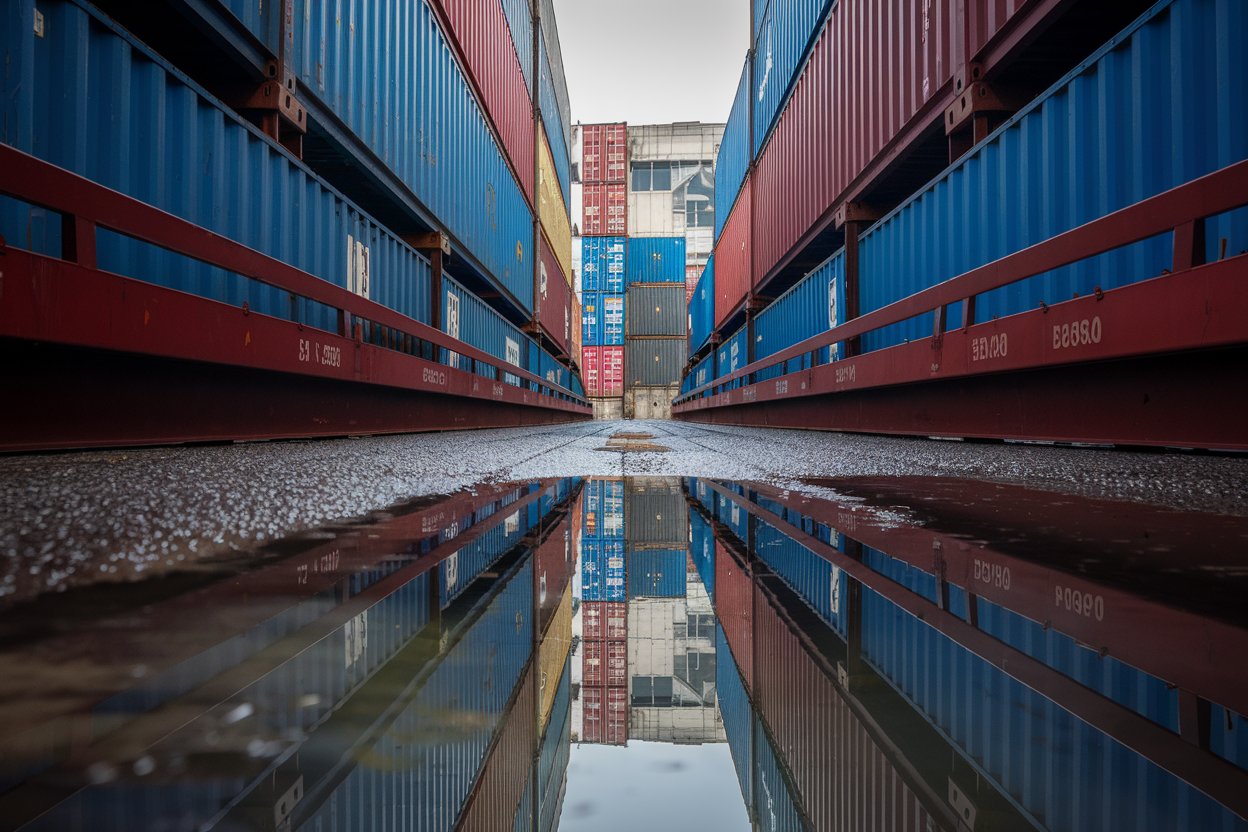- Shanghai Zhongshen International Trade Co., Ltd. - Two decades of trade agency expertise.
- Service Hotline: 139 1787 2118

Contents
ToggleKey Variables Behind Differences in Customs Clearance Efficiency
According to the latest statistics from the General Administration of Customs in 2025, photonicEquipment ImportsThe average customs clearance cycle shows a clear polarization:Medical EquipmentThe average lead time for Class A equipment is 18.2 days, whereas industrial laser equipment requires only 6.7 days. This discrepancy stems from three core factors:
- HS code accuracy: There is a 13% tariff difference between optical communication modules (8517.62) and laser therapy devices (9018.90).
- Technical documentation completeness: The lack of FDA certification documents has resulted in a return rate as high as 37%.
- Customs Inspection Trigger Mechanism: The inspection rate of lithography equipment is 2.8 times that of ordinary optical instruments.
A Comprehensive Perspective on Typical Customs Clearance Cycles
Based on the latest operational examples from 2025, we have mapped out the distribution of customs clearance times under different scenarios:
- Optimal scenario (3-5 days):
- Pre-classification certificate + complete CE certification
- Single item declaration
- Non-inspection port clearance
- Standard process (7-12 days):
- Multi-model consolidated declaration
- Supplementary Notes on Technical Parameters
- Random sampling response
- Complex cases (15-20 days):
- Involves dual-use items review
- Determination of Tariff Reduction Eligibility
- Laboratory testing sampling
Three Practical Strategies for Time Control
A semiconductor company reduced the import cycle of lithography machines from 19 days to 11 days through the following measures:
- Pre - classification Service: Lock the HS code 30 days in advance to avoid post-declaration modifications.
- Technical Document Cloud Pre-review: Utilize the intelligent recognition system to automatically match authentication documents.
- Port selection strategy: Prioritize ports with dedicated inspection channels for equipment
Common Time-Effect Traps and Countermeasures
Three types of frequently occurring issues recently deserve attention:
- Controversy over Wavelength Parameters: A 532nm laser was detained due to being mistakenly identified as having a military spectrum.
- Please translate the following Chinese into English: Confusion of power units: Correction of declaration due to dBm to mW conversion error
- Dispute over accessory classification: Determination of whether the optical module heat sink needs to be declared separately
Key Points of Policy Changes in 2025
The adjustment implemented from January 2025 directly affects customs clearance time:
- The provisional import tariff rate for photonic chips has been reduced from 9% to 5%.
- Five new testing standards have been added to the mandatory certification catalog for optical communication equipment.
- The General Administration of Customs has launched a new edition of the Optical Products Classification Guidance Manual.
Related Recommendations
? 2025. All Rights Reserved. Shanghai ICP No. 2023007705-2  PSB Record: Shanghai No.31011502009912
PSB Record: Shanghai No.31011502009912










